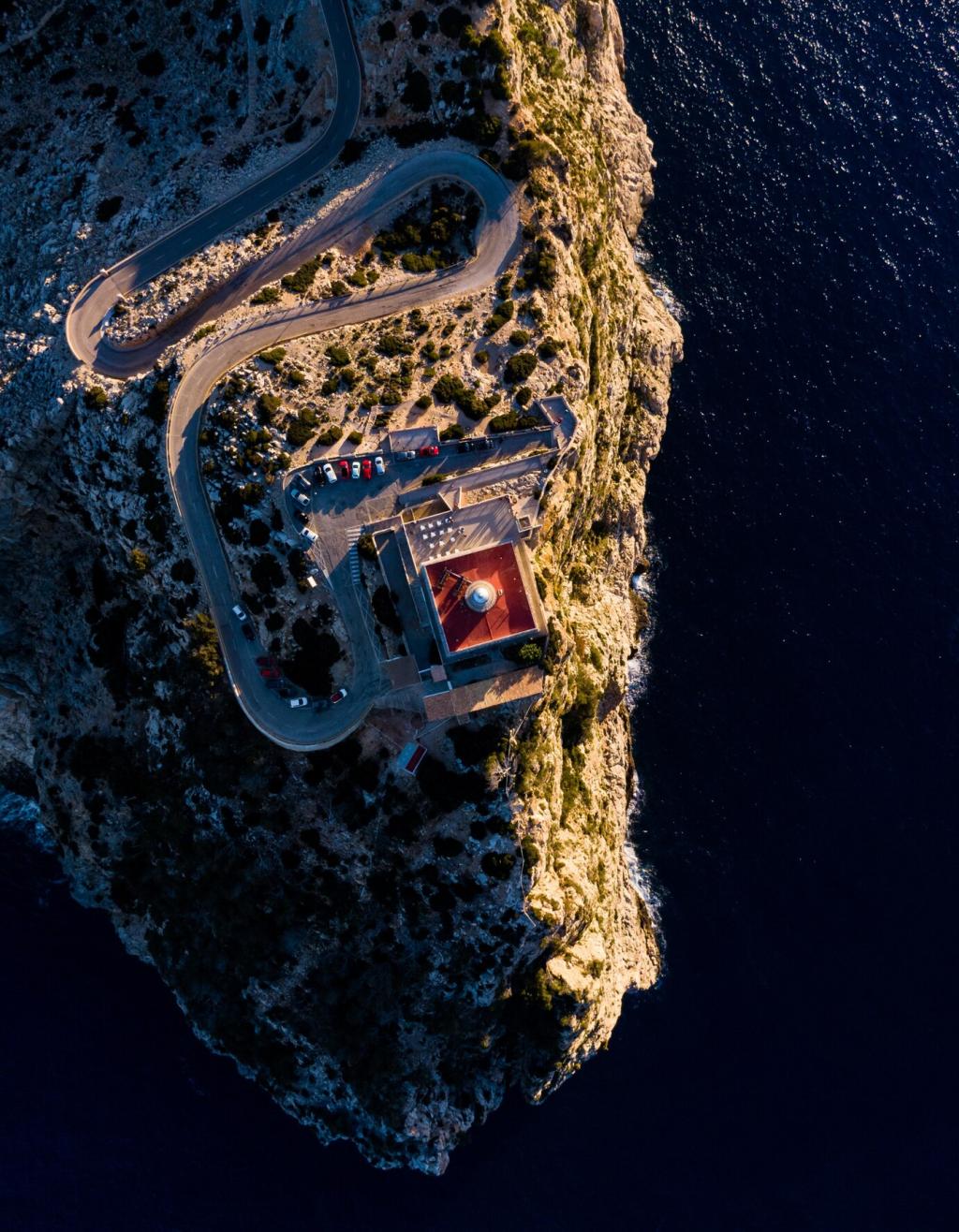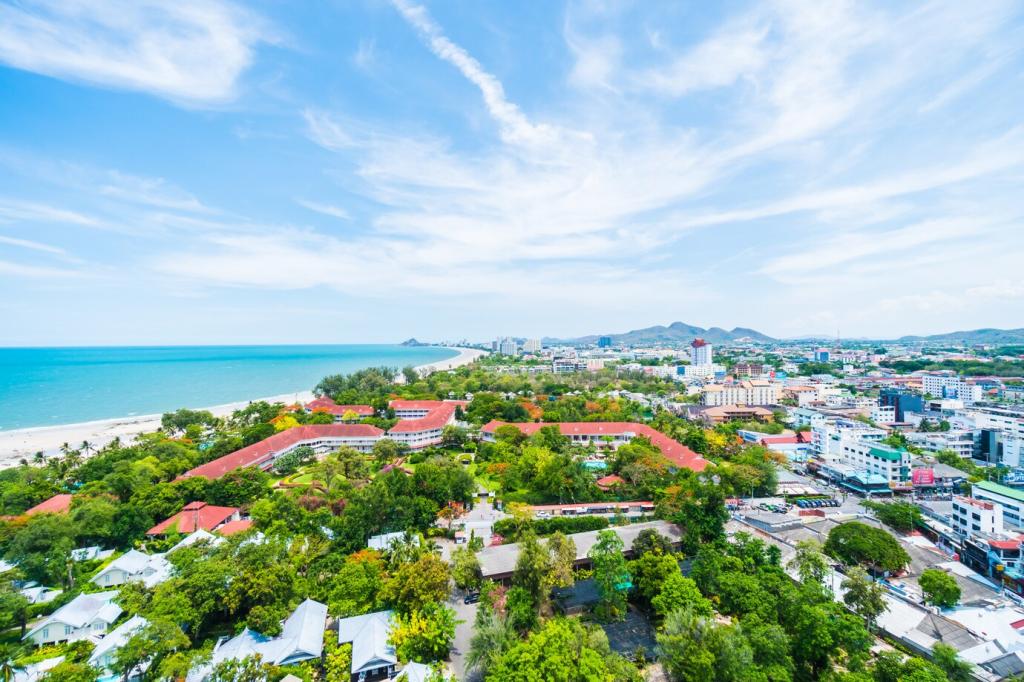Tourism is a significant driver in shaping the economic landscape of many regions around the world. One area that sees pronounced effects from the growth of the tourism industry is the real estate market. As more visitors are drawn to a region, demand for housing, short-term rentals, and commercial spaces often shifts dramatically. This impact can lead to both opportunities and challenges for local communities, homeowners, investors, and policymakers. Understanding the multifaceted relationship between tourism and real estate prices is essential for anticipating market trends, planning community development, and ensuring equitable access to housing.
Rising Demand in Tourist Hotspots

With the proliferation of short-term rental platforms, properties in tourist hotspots are often purchased or converted specifically for vacation stays. This trend brings in investors seeking high returns during peak seasons. As the number of tourists rises, so does the demand for short-term accommodation, prompting owners to shift from traditional long-term rentals to more lucrative tourist lettings. This phenomenon frequently results in fewer properties being available for local residents and has been linked to noticeable increases in real estate prices.
Challenges for Local Residents
01
As tourism drives up real estate prices, long-term affordability for local residents becomes a concern. Locals, especially those with lower incomes, may find themselves priced out of neighborhoods they have called home for years. The conversion of rental stock to short-term leases can also lead to a shortage of available long-term rentals. This often results in displacement and a housing crisis, with locals forced to move farther from city centers or tourist hubs, potentially affecting community cohesion and accessibility to work or school.
02
Tourism doesn’t just influence the physical landscape; it can alter the social fabric of a community. As wealthy investors and visitors move in, long-standing social connections may be disrupted and traditional ways of life challenged. Increasing real estate prices can lead to gentrification, changing the demographic makeup of neighborhoods. Long-term residents might find their cultural institutions, local businesses, and community events supplanted by those catering to tourists, thereby shifting the town’s or city’s identity.
03
The growing tourist population often puts pressure on local public services and utilities, such as waste management, policing, and healthcare. Resources that would otherwise support local residents are diverted to accommodating visitors, which can lead to service shortages or higher taxes. In tougher markets, the pursuit of higher real estate returns can reduce the availability of affordable housing, further straining local families and impacting the community’s overall well-being.
As tourist numbers grow, real estate investment typically follows. Developers see potential for high returns in building hotels, resorts, or rental apartments, which in turn stimulates local construction industries and creates jobs. Both domestic and international investors may target properties for short-term letting or resale, contributing to liquidity in the real estate market. This influx of capital can make local economies more robust, offering homeowners chances to sell at favorable prices or to launch new rental businesses themselves.

